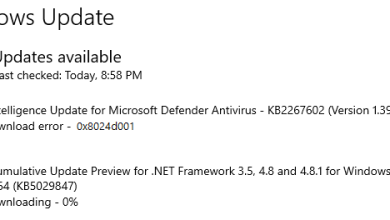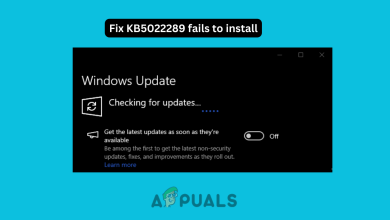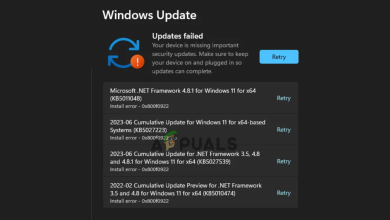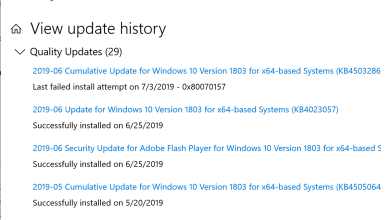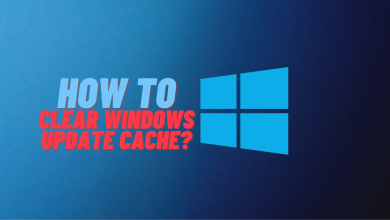How to Fix ‘Undoing Changes Made to Your Computer’ Issue?
The Undoing changes made to your computer error is a warning message that occurs due to an update issue. It arises when the computer attempts to revert changes after failing to install updates successfully.
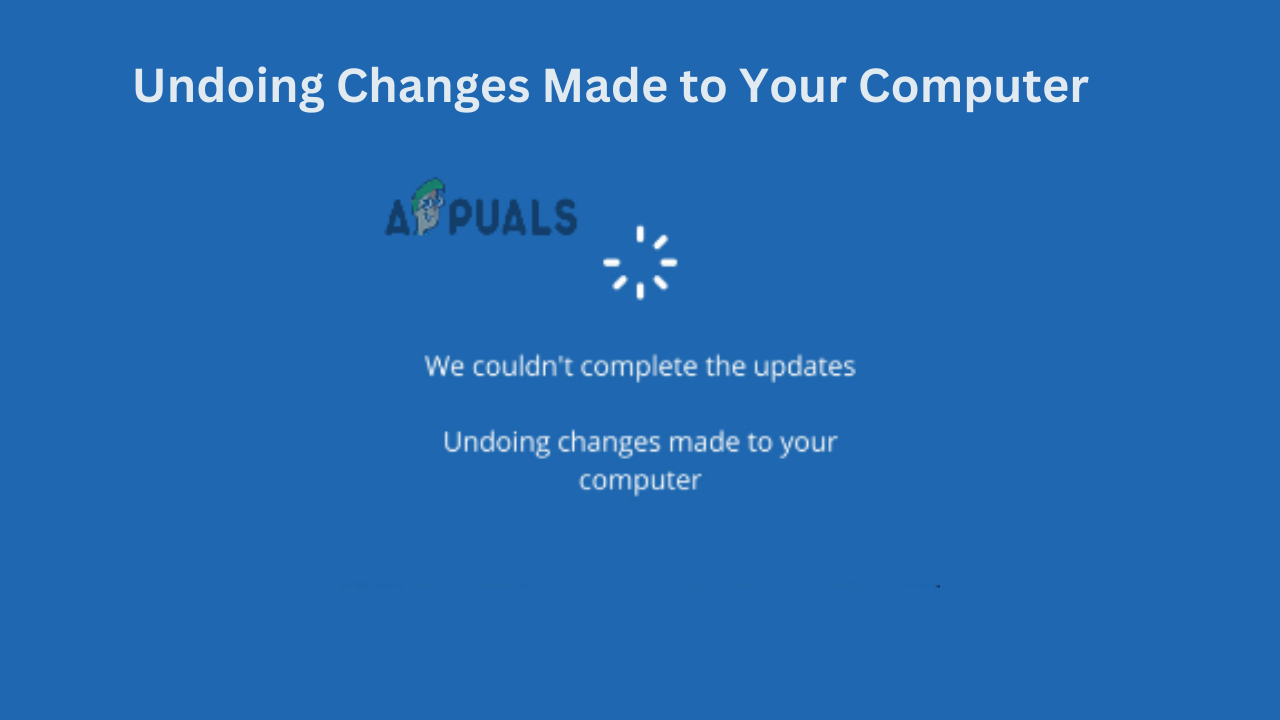
This issue may occur if corrupted system files have halted the Windows update installation, or if the computer powers down unexpectedly during the update process. Sometimes the error message resolves itself after 30 minutes, and it usually takes no longer than an hour. However, the computer is unusable during this period.
If you encounter this error, as an initial measure, you can shut down your computer and disable your Wi-Fi connection to address the issue. If the problem persists, the following solutions may help fix it.
1. Boot Windows into Safe Mode
Rebooting into Safe Mode is useful if default settings or drivers are the cause of the issue. Booting in Safe Mode also halts apps that may interfere with the Windows Update Service.
- Restart your PC.
- Before the sign-in screen appears, press the Shift + F8 or F8 key (this varies based on your computer’s make and model). If this doesn’t work, allow your computer to boot completely, then press the Shift key and select ‘Restart’ from the Start Menu.
- You will be presented with an advanced startup screen offering various options.
- Select Options, choose Troubleshoot, and then Advanced Options.
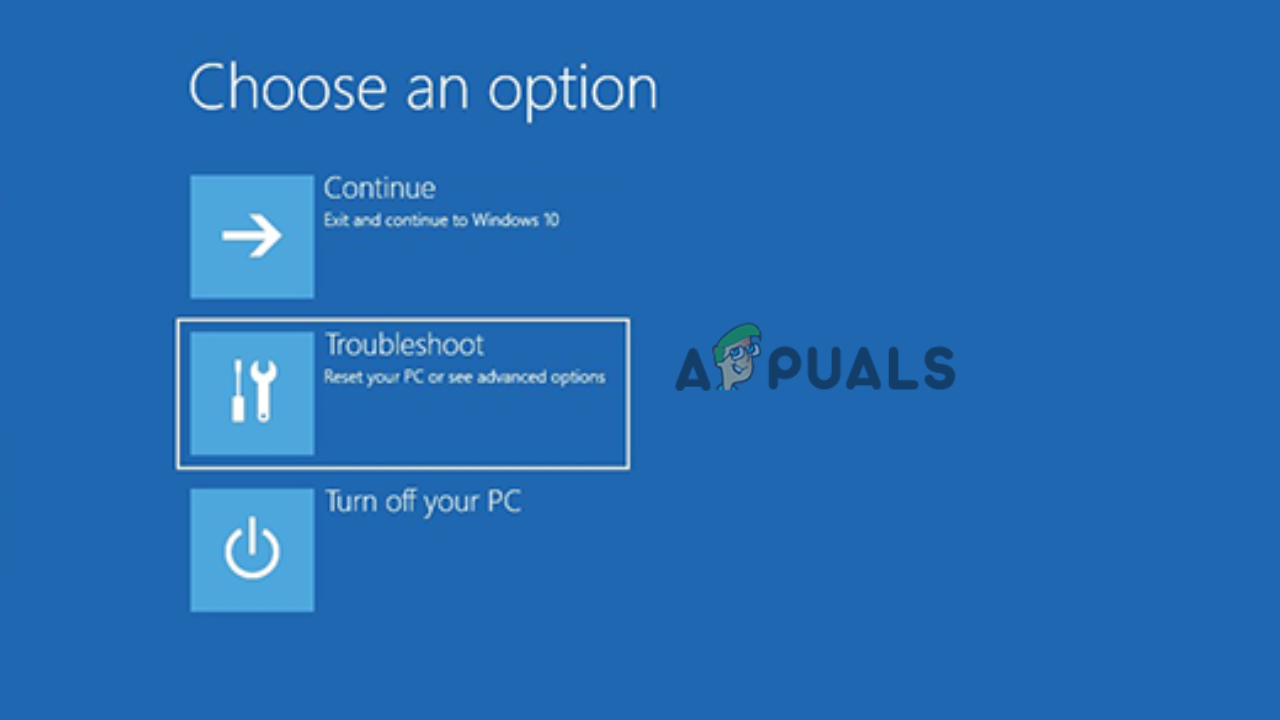
- Proceed to Startup Settings and then select Enable Safe Mode.
2. Delete the Latest Updates
The Undoing Changes error can occur when the computer tries to roll back new changes. Removing recent updates may alleviate the issue.
- In Safe Mode, remove any recently installed updates.
- Type Control Panel in the Windows search bar, and press the Enter key.
- Navigate to Programs, then to Programs and Features.

- On the upper left side, select View installed updates.
- A new window will display all Windows updates. Select the most recent KB number and click the Uninstall button.
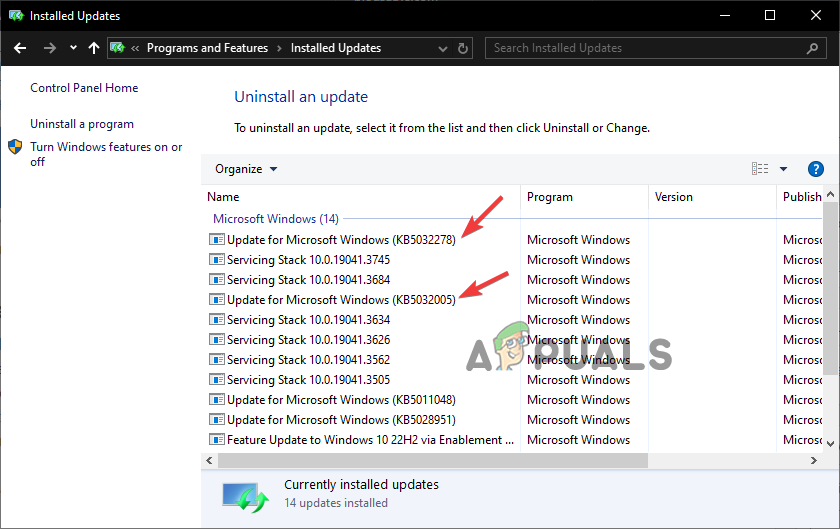
- Restart Windows in normal mode to see if the error is resolved.
3. Run the Windows Update Troubleshooter
The Windows Update Troubleshooter is a built-in tool that helps resolve common issues with Windows updates. It can be particularly useful if errors occur during the download and installation process.
- Press the Windows key + I, navigate to Update & Security, and then click on Troubleshoot.
- Choose Windows Update and then select Run the troubleshooter.
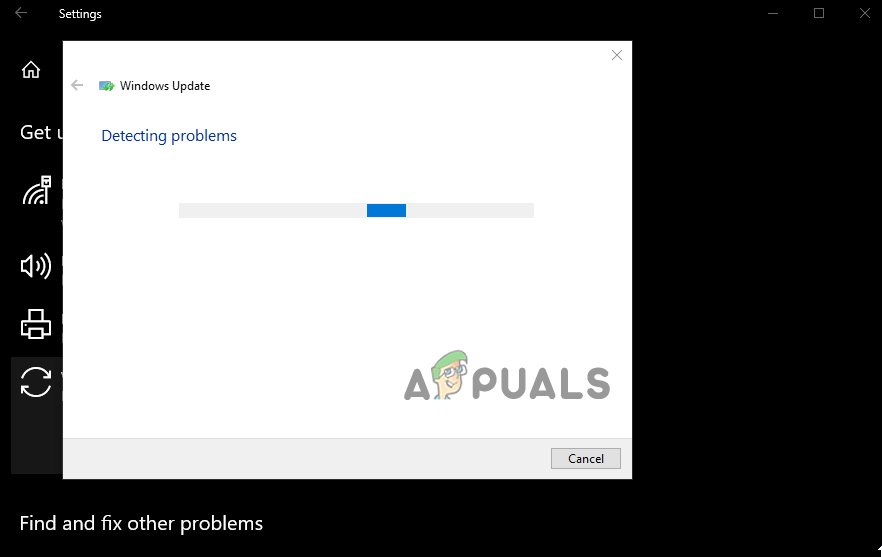
- Follow the on-screen prompts and allow the troubleshooter to complete its process.
- After the process is finished, reboot your PC to see if the error has been resolved.
4. Stop Windows Automatic Updates
Temporarily halting the automatic update service can prevent Windows from attempting to reinstall problematic updates. The service will reactivate after a set period, or you can manually reactivate it once the issue is fixed.
- Click on Start, then open Settings.
- Select Update & Security followed by Windows Update.
- Click on the option to Pause updates for 7 days.
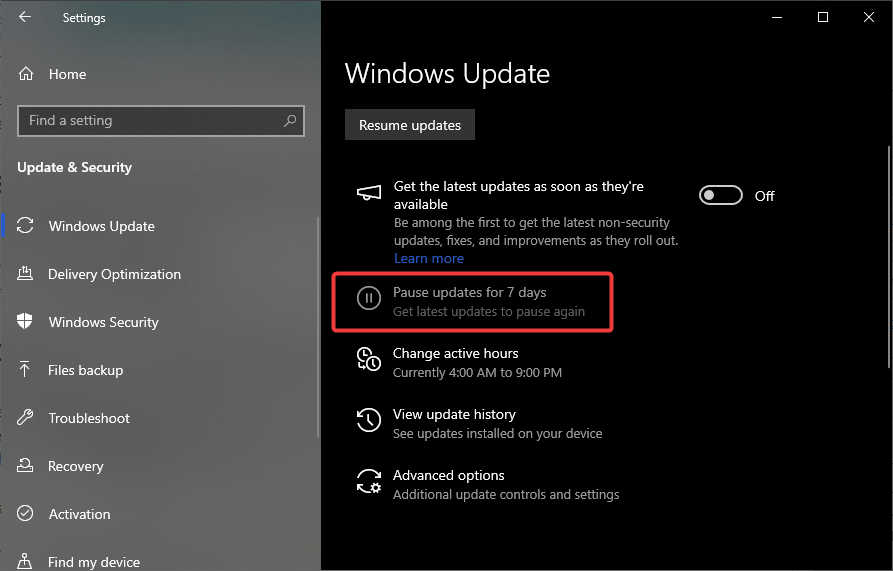
5. Disable Antivirus Software
Temporarily disabling your antivirus may prevent it from scanning and potentially blocking installed or downloaded files that are needed for Windows updates. Some third-party antivirus programs can interfere with Windows security settings, possibly causing update problems.
Note: Be sure to re-enable your antivirus protection after the updates have been installed to ensure your computer is secure.
- Click on Start and type Windows Security.
- Select the Windows Security application from the search results, go to Virus & Threat Protection, and then choose Manage Settings under Virus & Threat Protection.
- Turn off Real-time protection.

The specific steps for disabling antivirus may vary based on the third-party software installed on your computer.
NOTE: Scheduled scans will still occur, but installed or downloaded files will not be scanned until the next scheduled scan.
6. Manually Installing Windows Updates
Manually installing updates allows you to schedule when your device restarts to complete the update process, potentially reducing waiting times. Additionally, some updates may require more time to install.
- Click on Start, then head to Settings.
- Select Updates & Security, and then choose Windows Update.
- Click on Check for updates to see if any are available.

- If updates are found, decide whether to install them immediately or at a later time.
7. Rename the SoftwareDistribution Folder
The SoftwareDistribution folder temporarily stores files needed for Windows updates. These files can become corrupted, leading to the undoing changes error. Before you can rename this folder, you must stop the Windows Update service.
To stop the Windows Update service, open the Command Prompt as an administrator and enter the following command:
net stop wuauserv
- Launch Windows File Explorer.
- Go to the folder (C:\Windows\SoftwareDistribution).
- Right-click on it and select Rename.
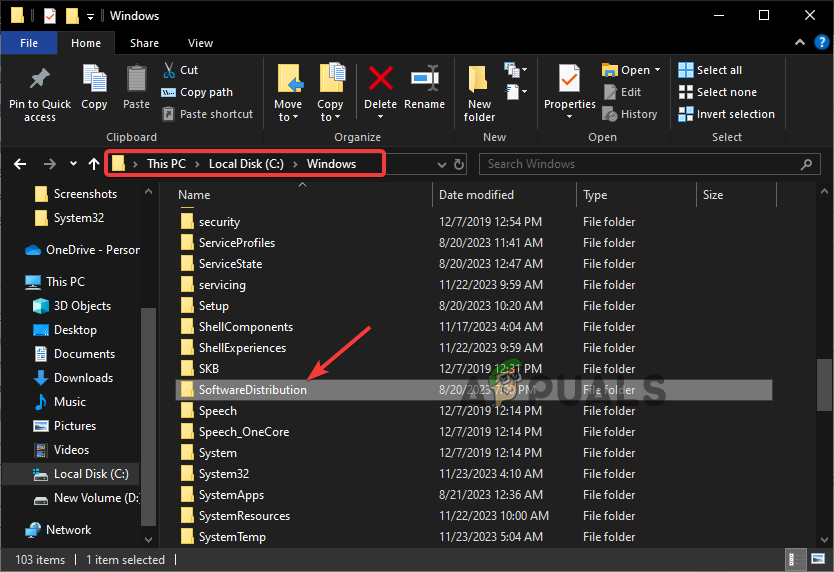
- Rename the folder and then restart your PC.
8. Run SFC and DISM Scan
If the issue persists, run the System File Checker (SFC), a utility that repairs corrupted Windows files. It is recommended to perform this step after renaming the SoftwareDistribution folder. Should the problem continue, use the Deployment Image Servicing and Management (DISM) tool.
- Search for Command Prompt in the Windows search bar and open it as an administrator.
- In the Command Prompt window, type sfc /scannow and press the Enter key.
- Allow the System File Checker time to scan and repair any corrupted files.
- Restart your computer to implement the changes.
- If the error remains unresolved, execute the following DISM commands:
Dism.exe /online /Cleanup-Image /checkhealth
Dism.exe /online /Cleanup-Image /scanhealth
Dism.exe /online /Cleanup-Image /Restorehealth
We trust these solutions helped you resolve the ‘Undoing Changes Made to Your Computer’ error. If not, please reach out to the Microsoft support team for further assistance. Alternatively, drop a message in the comments section below, and one of our specialists will get back to you.
